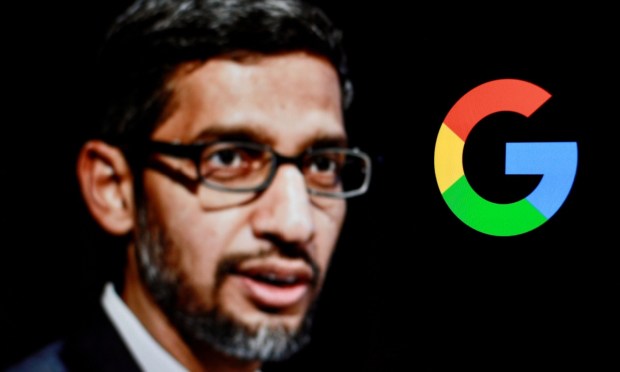
Search. Cloud. AI. It was a winning combination for Google’s parent Alphabet in Q1 and it worked again in Q2, as reported in the company’s earnings call after the bell on Tuesday (July 23).
By the numbers, year-over-year net income in the quarter ending June 30 rose 28.6% to $23.6 billion, beating the average Wall Street estimate of $22.9 billion. Overall revenue from all product lines, including Android and YouTube, grew 14% to $84.74 billion. Advertising sales, Alphabet’s chief revenue source, rose 11% to $64.6 billion. Revenue from cloud computing services, a signal of enterprise technology spending, rose 28.8% to $10.35 billion.
But the real star of the show was artificial intelligence (AI). According to Alphabet executives on the call, it will most likely take the lion’s share of the $12 billion per quarter expected from the company’s capital expenditure budget. It has already generated “billions” from its top 100 enterprise customers, although exact numbers were not forthcoming. And by combining AI with traditional search it is attracting the critical 18-24-year-old customer segment.
While other companies like Apple and Meta are partnering for AI model development, Alphabet CEO Sundar Pichai put his strategy on blast, saying it will allow it to control its own destiny for a technology he expects to impact every product and line of business the company has.
“Our research and infrastructure leadership means we can pursue an in-house strategy that enables our product teams to move quickly,” Pichai told the call. “Combined with our model-building expertise, we are in a strong position to control our destiny as the technology continues to evolve. Importantly, we are innovating at every layer of AI stack, from chips to agents and beyond. A huge strength. We are committed to this leadership long term.”
Pichai detailed several AI-driven innovations, including visual search via Google Lens and the upcoming feature that allows users to ask questions through video. The “circle to search” feature, now available on over 100 million Android devices, exemplifies the momentum gained from Google’s AI investments. Additionally, the Gemini AI model family is powering improvements across Google’s suite of products, from search and workspace to Google Photos and Google Messages.
“Our AI product advances come from our long-standing foundation of research leadership and our global network of infrastructure,” Pichai emphasized, highlighting the establishment of new data centers and cloud regions, such as the first data center in Malaysia and expansions in Iowa, Virginia and Ohio. The introduction of the sixth generation Trillium AI accelerator, which offers significant improvements in performance and energy efficiency, further solidifies Google’s infrastructure capabilities.
YouTube’s revenue and engagement metrics were a focal point of the earnings call, with strong growth reported in both ads and subscriptions. Philipp Schindler, chief business officer, shared that YouTube’s ad revenue increased by 13% year over year, driven by growth in brand and direct response advertising. “YouTube has remained number one in U.S. streaming watch time,” Schindler noted, with views of YouTube Shorts on connected TVs more than doubling over the past year.
Subscriptions have become a critical revenue stream for YouTube, contributing to the company’s financial performance. “Year-on-year revenues increased 14%, driven again by strong growth in YouTube subscriptions,” Schindler said. The introduction of new features, such as easier ways for creators to add captions and convert regular videos into Shorts, has bolstered user engagement and content creation.
Schindler also highlighted the strategic initiatives aimed at enhancing the advertising experience through AI. Google’s efforts to incorporate AI into the marketing process have led to the development of over 30 new ad features and products. These innovations are designed to streamline workflows, enhance creative asset production, and provide more engaging consumer experiences. Retailers, in particular, he said, have benefited from AI-powered tools that scale the depth and quality of their advertising assets.
For all PYMNTS AI coverage, subscribe to the daily AI Newsletter.